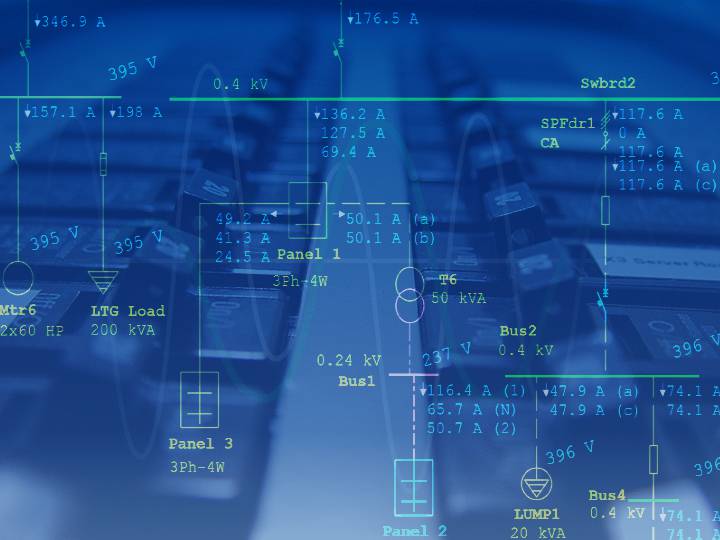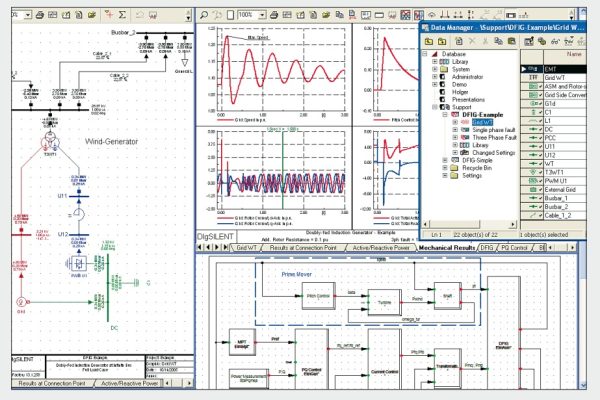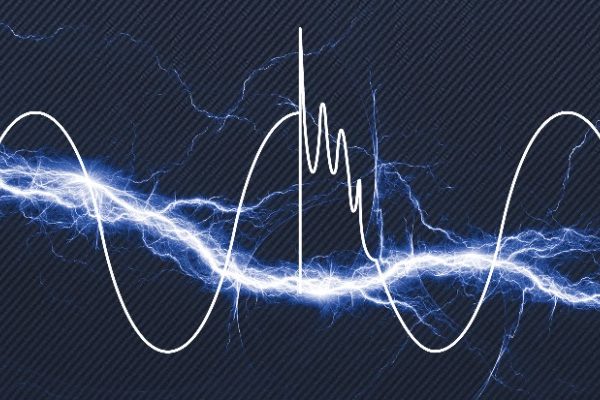SENEDS offers expert Power System Analysis across Maharashtra, providing tailored solutions to optimize electrical infrastructure for industries, power plants, substations, and renewable energy systems. Our services include load flow analysis, fault analysis, transient stability studies, insulation coordination, and grid compliance, ensuring efficient and reliable power systems nationwide.
Leveraging advanced tools and over a decade of industry expertise, we help reduce downtime, enhance performance, and meet regulatory standards. Focused on energy efficiency and safety, SENEDS ensures your electrical infrastructure is robust and future-ready.
Power System Studies
Power system studies are essential for evaluating the performance and reliability of electrical systems, including their response to faults or unforeseen events. SENEDS employs advanced platforms like ETAP and DIgSILENT to perform precise calculations and simulations, adhering to IEEE Standards. Our expertise covers a wide range of critical analyses to optimize system performance and safety.

- Decade of Expertise: Over 10 years of experience designing and analyzing electrical systems for various applications.
- Comprehensive Services: Offering load flow analysis, fault analysis, stability studies, and more for reliable infrastructure.
- Advanced Tools: Utilizing ETAP and DIgSILENT for accurate analysis and high-quality simulations.
- ISO-9001:2015 Certified: A commitment to delivering excellence and maintaining quality in every project.
- Tailored Solutions: Customized power system analysis to meet the unique requirements of each project.
- Energy Optimization: Focused on cost savings, energy efficiency, and compliance with safety standards.
- Expert Team: A skilled team of engineers providing dependable support throughout the project lifecycle.
Trust SENEDS to deliver top-tier Power System Analysis in Maharashtra, ensuring reliable and efficient electrical systems for your operations.









